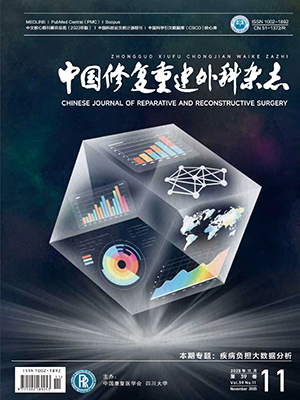Objective To construct human recombinant lentiviral expression vector of microRNA-210 (miR-210)
and to explore the over-expression of miR-210 on the capillary formation in human umbilical vein endothelial cells 12 (HUVE-
12). Methods The recombinant lentiviral expression vector of pGCSIL-green fluorescent protein (GFP)-pre-miR-210 was
constructed by molecular cloning and transfected to HUVE-12 (LV-miR-210-GFP group), only pGCSIL-GFP was transfected
as control group (LV-GFP group). The miR-210 expression activity was evaluated by GFP reporter through fluorescence
detection and real-time fluorescent quantitative PCR. The ephrinA3 protein expression was measured by flow cytometry. The
concentration of vascular endothelial growth factor (VEGF) in culture supernatant was determined by ELISA. The cells were
cultured in 96-well culture plate coated with Matrigel to assess the abil ity of capillary formation. Results The recombinant
plasmid pGCSIL-GFP-pre-miR-210 was confirmed by restriction endonuclease analysis and DNA sequencing. Fluorescence
detection showed that the fluorescence intensity of GFP was highest between 48 and 72 hours after transfection. Real-time
fluorescent quantitative PCR showed that the miR-210 expression of LV-miR-210-GFP group was 9.72 times higher than that
in LV-GFP group (t= —11.10,P=0.00). Flow cytometry analysis showed that the positive cell rate of enphrinA3 in LV-miR-
210-GFP group (12.52% ± 0.67%) was significantly lower than that in LV-GFP group (73.22% ± 1.45%) (t= —66.12,P=0.00).
The concentration of VEGF in supernatant in LV-miR-210-GFP group was significantly higher than that in LV-GFP group
[(305.29 ± 16.52) pg/mL vs. (42.52 ± 3.11) pg/mL, t= —27.06,P=0.00]. In vitro capillary-l ike formation assay showed that the
number of capillaries was significantly larger in LV-miR-210-GFP group than in LV-GFP group (17.33 ± 6.33 vs. 6.33 ± 2.33,
t= —2.83,P=0.04). Conclusion The recombinant lentiviral expression vector of miR-210 is constructed successfully and
HUVE-12 over-expressing miR-210 can significantly increase the capillary formation, which facil itates further study on the
molecular functions of miR-210 in angiogenesis.
Citation: LOU Yuanlei,GAO Faliang,XIE An,GUO Fei,DENG Zhifeng,WANG Yang.. microRNA-210 MODIFIED HUMAN UMBILICAL VEIN ENDOTHELIAL CELLS INDUCE CAPILLARY FORMATION. Chinese Journal of Reparative and Reconstructive Surgery, 2012, 26(5): 587-591. doi: Copy
Copyright ? the editorial department of Chinese Journal of Reparative and Reconstructive Surgery of West China Medical Publisher. All rights reserved




